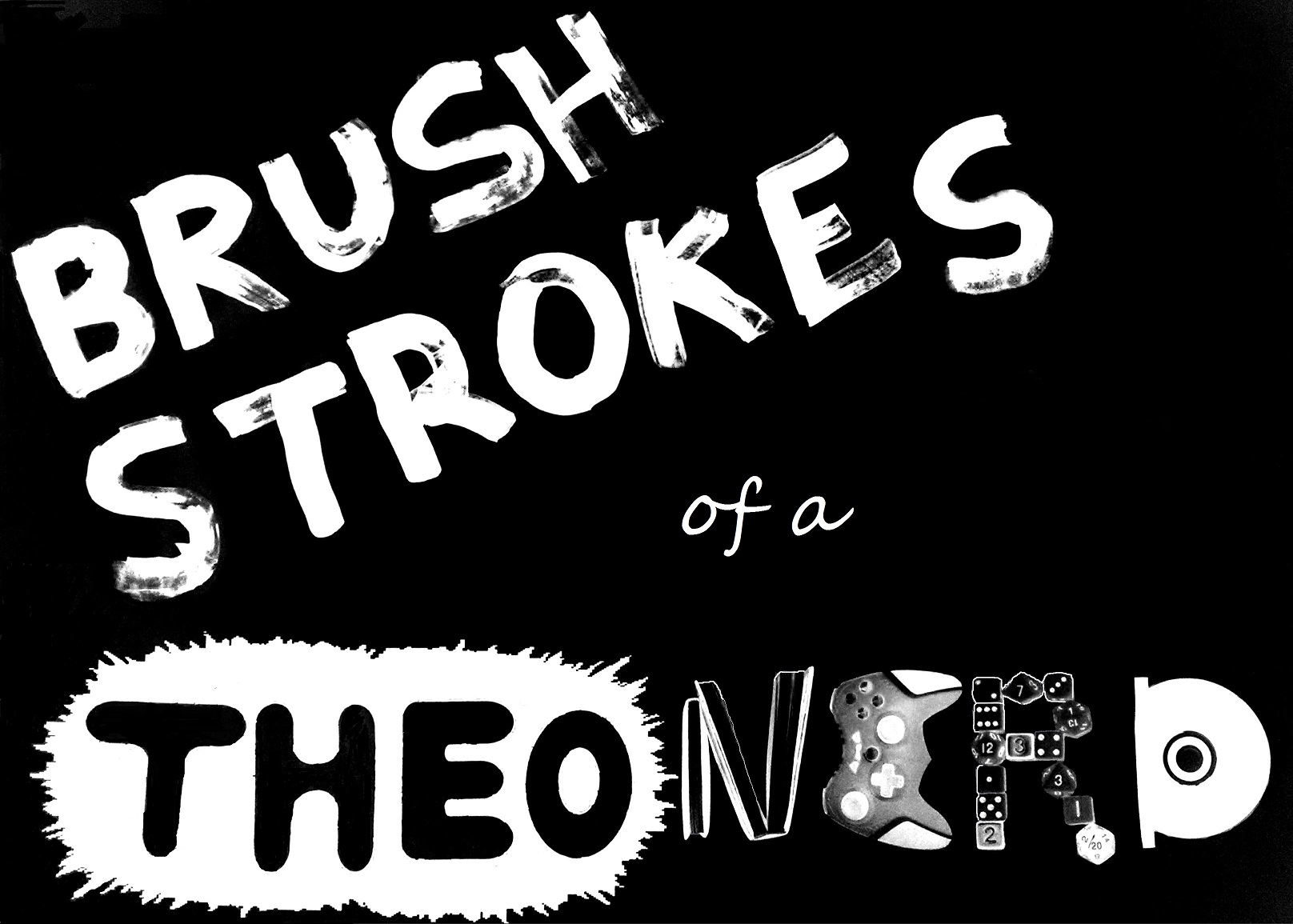
Pushin’ Happies
By Anthony Casperson
1-13-18
I hope everybody is refreshed and rejuvenated after the two-week break. While I didn’t write or post anything, that didn’t stop me from thinking about new things to write. During the break, I read a story about an article found in the Journal of Cross Cultural Psychology.
The study focused on the differences between storybooks of several countries, and what the ramifications of these different lessons are. Specifically, they looked at popular children’s books from America, Mexico, and China.
They saw that storybooks from China had more themes of persistence and hard work; twice as much according to the study. Like the story of The Cat That Eats Letters, where a cat consumes the work of those with poor penmanship. (If that really were a thing, I’d have had to learn how to type much earlier in life.) And only by working hard at writing well, will the work that you do not me undone by the famished feline.
Or another story from China based on a folktale, The Foolish Old Man Who Moved The Mountain. A mountain stood between a man’s village and the city. Thus, rather than walking around the mountain, the man began to dig a little bit everyday until he finally moves the mountain entirely from the path. Even in the face of his fellow villagers’ criticism, the man persists in working until the mountain is moved. And his work helps not just himself, but the whole village, who now no longer need to walk around the mountain to get to the city.
That story kinda reminded me of a two-part episode from Doctor Who (Heaven Sent and Hell Bent) where the Doctor had to wear down a wall made from a mineral 400 times harder than a diamond by punching the wall once a day. (The whole story is a bit more complicated, but beyond the scope of this blog.) In those episodes, a European folktale, from the Brothers Grimm, of a bird that slowly wears away a mountain with its beak is referenced.
The psychological study then turned to the themes of storybooks from America and Mexico. (It seems that the article I read believed that the themes from both of these countries were of a such a similar range that the two were pushed together.) While several themes were represented, one theme that came up a lot, whether by direct implication of theme or in more subtle ways. That theme? Happiness.
The article referenced the story The Jar of Happiness. This story is of a little girl who wanted to make a happiness potion, but ends up losing the jar. She becomes sad until her friends come to cheer her up. And she discovers that happiness doesn’t come from a potion, but having good friends. Happiness and good friendships seem to be persistent themes of stories from America and Mexico.
The psychological study went on to talk about how China’s storybooks might have a connection to the tendency toward a higher scholastic standard in China than in either America or Mexico. But the article I read made me think in a different direction.
What are the ramifications of having happiness be such a prominent theme told to children in American culture specifically, and the Western World in general?
When I was in seminary, one professor spoke about how the things that we teach explicitly will become what is implicitly believed by those we teach. The concepts we make a big deal about and speak on often will become the highly held beliefs of the next generation.
So, if the theme of happiness is often represented in children’s storybooks, whether on purpose or just in always showing pictures of smiling children, what is this teaching us to believe? We have been taught, and continue to teach, that happiness is one of the most important things in life.
We want to be happy. We want to be around those who are happy. And there’s something wrong with a person if they’re not happy.
Look at that last paragraph again, but this time from the perspective of a person who is not happy. You’re a failure. No one wants to be around you. And there’s something wrong with you.
No wonder there are so many people who deal with depression, anxiety, and other psychological issues. When we’re told over and over again to just keep smiling. “People will only want to be around you if you smile.” We begin to believe that pursing the things that make us smile are the only things of worth.
No one can be happy all of the time. There will always be problems that come into our lives. Jesus even says, “In the world you will have trouble” in John 16:33. And God gives value to all of his creation. Our value isn’t found in being happy, it’s found in being made in God’s image. He gives us value.
And when those difficult times arise? A persistent pursuit of what God is doing in our lives is more important than being happy. I’m not trying to denigrate happiness. But I believe that there are many more important pursuits in life than being happy. And that is what we should be teaching.
Take a look again at those Chinese children’s book themes. Persistence in the face of opposition. It’ll not only help out the person who’s persistent, but also others around them. Which make their lives better.
If we just pretend to be happy so that we can live how we’ve been taught, if we plaster smiley faces on the mausoleums of our souls, we’ll be nothing more than fertilizer, something decaying that puts out pretty things. And there’s a problem when our biggest lessons learned from childhood leads to some people slowly dying as their pushing daisies…or as I’ve decided to call it, pushin’ happies.
So, let’s decide to teach people that being happy isn’t the end all of life. Yeah, it is good. And a good pursuit. But not the highest pursuit of life. That place belongs to the one who brings us life.
By Anthony Casperson
1-13-18
I hope everybody is refreshed and rejuvenated after the two-week break. While I didn’t write or post anything, that didn’t stop me from thinking about new things to write. During the break, I read a story about an article found in the Journal of Cross Cultural Psychology.
The study focused on the differences between storybooks of several countries, and what the ramifications of these different lessons are. Specifically, they looked at popular children’s books from America, Mexico, and China.
They saw that storybooks from China had more themes of persistence and hard work; twice as much according to the study. Like the story of The Cat That Eats Letters, where a cat consumes the work of those with poor penmanship. (If that really were a thing, I’d have had to learn how to type much earlier in life.) And only by working hard at writing well, will the work that you do not me undone by the famished feline.
Or another story from China based on a folktale, The Foolish Old Man Who Moved The Mountain. A mountain stood between a man’s village and the city. Thus, rather than walking around the mountain, the man began to dig a little bit everyday until he finally moves the mountain entirely from the path. Even in the face of his fellow villagers’ criticism, the man persists in working until the mountain is moved. And his work helps not just himself, but the whole village, who now no longer need to walk around the mountain to get to the city.
That story kinda reminded me of a two-part episode from Doctor Who (Heaven Sent and Hell Bent) where the Doctor had to wear down a wall made from a mineral 400 times harder than a diamond by punching the wall once a day. (The whole story is a bit more complicated, but beyond the scope of this blog.) In those episodes, a European folktale, from the Brothers Grimm, of a bird that slowly wears away a mountain with its beak is referenced.
The psychological study then turned to the themes of storybooks from America and Mexico. (It seems that the article I read believed that the themes from both of these countries were of a such a similar range that the two were pushed together.) While several themes were represented, one theme that came up a lot, whether by direct implication of theme or in more subtle ways. That theme? Happiness.
The article referenced the story The Jar of Happiness. This story is of a little girl who wanted to make a happiness potion, but ends up losing the jar. She becomes sad until her friends come to cheer her up. And she discovers that happiness doesn’t come from a potion, but having good friends. Happiness and good friendships seem to be persistent themes of stories from America and Mexico.
The psychological study went on to talk about how China’s storybooks might have a connection to the tendency toward a higher scholastic standard in China than in either America or Mexico. But the article I read made me think in a different direction.
What are the ramifications of having happiness be such a prominent theme told to children in American culture specifically, and the Western World in general?
When I was in seminary, one professor spoke about how the things that we teach explicitly will become what is implicitly believed by those we teach. The concepts we make a big deal about and speak on often will become the highly held beliefs of the next generation.
So, if the theme of happiness is often represented in children’s storybooks, whether on purpose or just in always showing pictures of smiling children, what is this teaching us to believe? We have been taught, and continue to teach, that happiness is one of the most important things in life.
We want to be happy. We want to be around those who are happy. And there’s something wrong with a person if they’re not happy.
Look at that last paragraph again, but this time from the perspective of a person who is not happy. You’re a failure. No one wants to be around you. And there’s something wrong with you.
No wonder there are so many people who deal with depression, anxiety, and other psychological issues. When we’re told over and over again to just keep smiling. “People will only want to be around you if you smile.” We begin to believe that pursing the things that make us smile are the only things of worth.
No one can be happy all of the time. There will always be problems that come into our lives. Jesus even says, “In the world you will have trouble” in John 16:33. And God gives value to all of his creation. Our value isn’t found in being happy, it’s found in being made in God’s image. He gives us value.
And when those difficult times arise? A persistent pursuit of what God is doing in our lives is more important than being happy. I’m not trying to denigrate happiness. But I believe that there are many more important pursuits in life than being happy. And that is what we should be teaching.
Take a look again at those Chinese children’s book themes. Persistence in the face of opposition. It’ll not only help out the person who’s persistent, but also others around them. Which make their lives better.
If we just pretend to be happy so that we can live how we’ve been taught, if we plaster smiley faces on the mausoleums of our souls, we’ll be nothing more than fertilizer, something decaying that puts out pretty things. And there’s a problem when our biggest lessons learned from childhood leads to some people slowly dying as their pushing daisies…or as I’ve decided to call it, pushin’ happies.
So, let’s decide to teach people that being happy isn’t the end all of life. Yeah, it is good. And a good pursuit. But not the highest pursuit of life. That place belongs to the one who brings us life.




